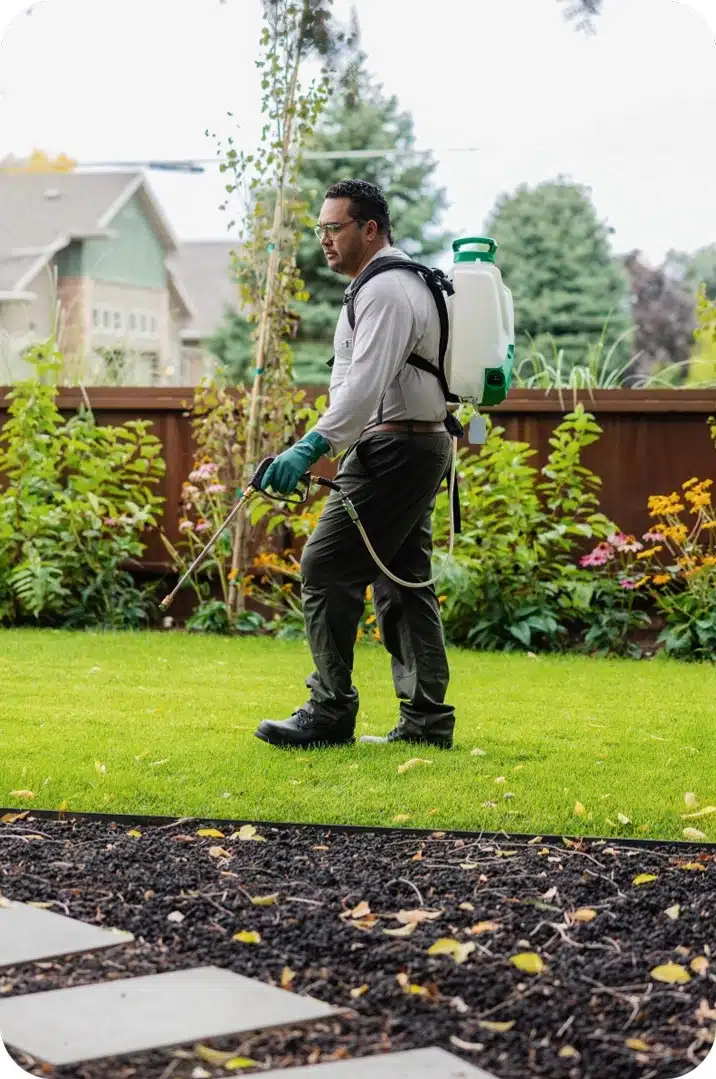Experienced A1 Exterminators Charlotte NC - Fast and Dependable Solutions
Wiki Article
Bed Pest Therapy Breakdown: Comparing Chemical Vs. Non-Chemical Solutions
In the realm of parasite control, especially when dealing with the consistent concern of bed pests, the option between chemical and non-chemical treatment solutions can be a pivotal one. Both strategies provide unique benefits and disadvantages, influencing factors such as effectiveness, safety and security considerations, and overall expense. By taking a look at the nuanced details of each approach, a clearer understanding of which course to seek in resolving a bed pest problem can be achieved.Effectiveness of Chemical Therapies
Chemical therapies for bed pest problems have actually been extensively recognized for their fast and potent efficacy in eradicating these insects. When taking into consideration the efficiency of chemical therapies, it is important to understand that they can offer a comprehensive and quick option to a bed pest trouble.In addition, chemical therapies have the advantage of offering residual results, meaning that they can remain to get rid of bed pests also after the first application. This residual action is especially advantageous in combating any type of prospective re-infestations. Furthermore, the rapid action of chemical treatments can bring relief to people encountering severe bed insect invasions, enabling them to regain control of their home promptly.
Safety Concerns With Chemical Solutions
One vital element that requires careful consideration when using chemical remedies for bed pest therapy is ensuring the safety and security of passengers and the setting. Exposure to certain chemicals used in bed pest therapies can lead to respiratory system issues, skin irritation, or other unfavorable responses, particularly in people with pre-existing conditions or level of sensitivities.In addition, the environmental influence of chemical remedies is an additional considerable consideration. Some pesticides used in bed insect therapies might be unsafe to useful pests, wildlife, and ecosystems if they leach right into the dirt or water systems. It is necessary to use chemical therapies sensibly, complying with safety guidelines, and taking into consideration less poisonous options to minimize these risks and make sure the efficient and risk-free administration of bed insect infestations.
Advantages of Non-Chemical Techniques
Taking into consideration the possible security concerns and ecological influence connected with chemical options for bed insect treatment, checking out non-chemical approaches offers an appealing option with numerous distinct benefits. Non-chemical treatments are environmentally friendly, as they do not contribute to air or water pollution, making them a sustainable selection for parasite control.Additionally, non-chemical remedies can be efficient in targeting bed insects, consisting of hard-to-reach areas where chemical therapies may not penetrate - A1 bed bug treatment in charlotte. Approaches such as heat treatment, vacuuming, heavy steam cleansing, and bed mattress encasements supply thorough elimination without the use of harmful chemicals.
Limitations of Non-Chemical Treatments

Furthermore, non-chemical treatments typically call for numerous applications to attain successful elimination. This can be time-consuming and might not constantly ensure complete removal of all bed insects you can check here and their eggs, specifically in concealed or hard-to-reach locations.
Furthermore, the success of non-chemical therapies heavily depends on correct application and thoroughness, which can be challenging for individuals without specialist experience. Poor application of non-chemical techniques might lead to incomplete elimination, causing consistent invasions and the need for added therapies.
Consequently, while non-chemical therapies have their benefits, it is vital to recognize these constraints and consider them when establishing the most effective approach for handling bed pest invasions.
Expense Contrast: Chemical Vs. Non-Chemical Options
Given the constraints associated with non-chemical treatments, a crucial facet to evaluate in the context of bed pest administration is the cost contrast in between chemical and non-chemical options. In comparison, non-chemical therapies like warm therapy or steam can be a lot more costly, with prices varying from $1,000 to $6,000 for a whole home. While the preliminary cost of chemical treatments might appear reduced, multiple treatments may be called for to completely get rid of the invasion, potentially enhancing the general cost.Conclusion

Taking into consideration the potential security worries and environmental effect connected with chemical services for bed bug treatment, checking out non-chemical techniques presents a promising choice with several distinct advantages.Given the restrictions connected with non-chemical treatments, an essential element to examine in the context of bed pest monitoring is the expense contrast in between chemical and non-chemical alternatives. In contrast, non-chemical treatments like warm therapy or steam can be extra costly, with costs ranging from $1,000 to $6,000 for an entire home. While the first find this expense of chemical treatments her latest blog might seem lower, several treatments might be required to totally eliminate the problem, possibly enhancing the overall cost.In conclusion, when contrasting chemical and non-chemical bed pest treatment alternatives, it is crucial to take into consideration performance, safety, advantages, limitations, and expense.
Report this wiki page